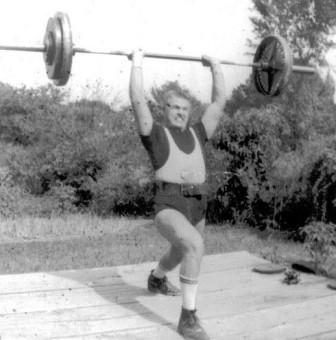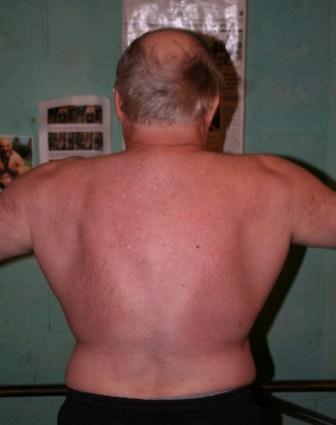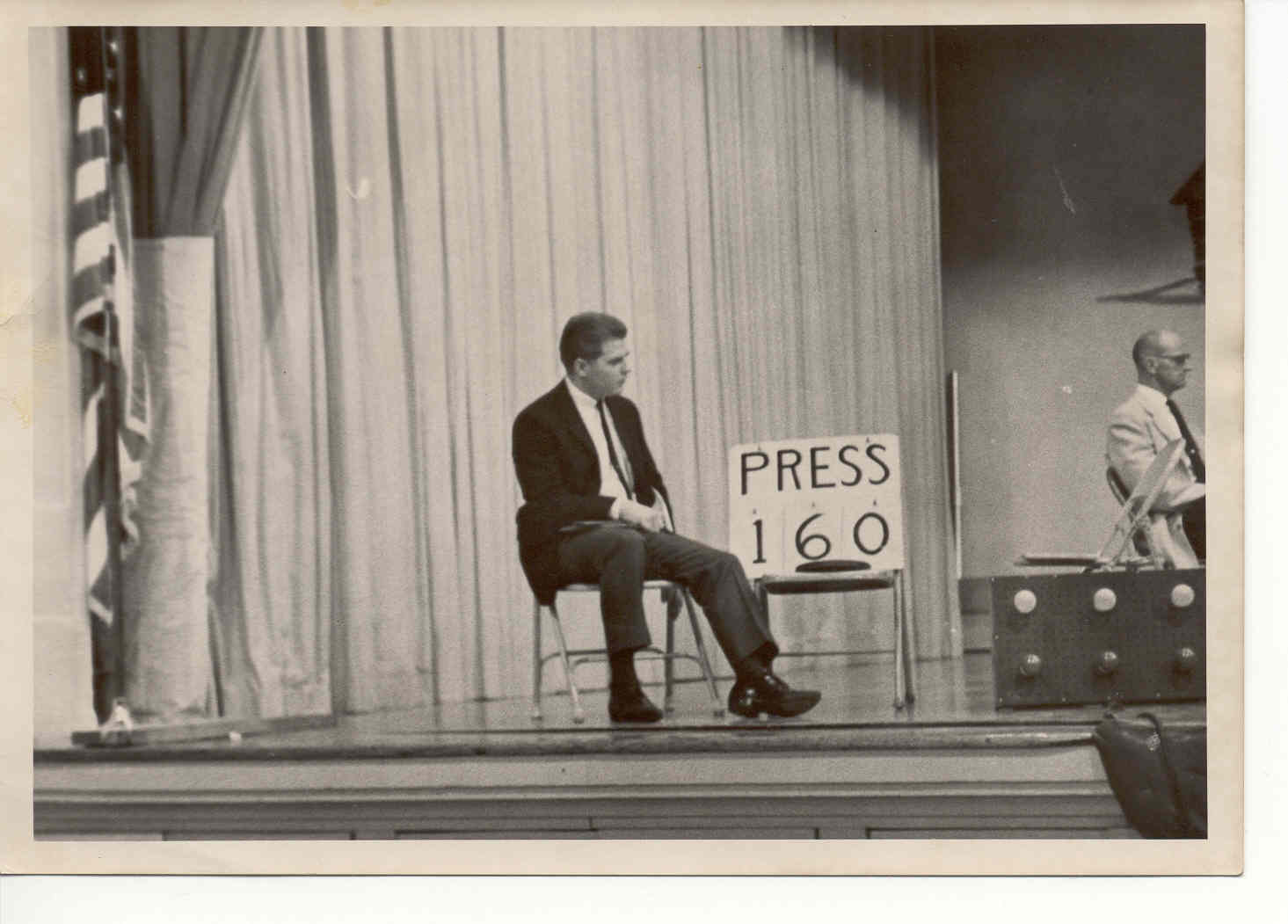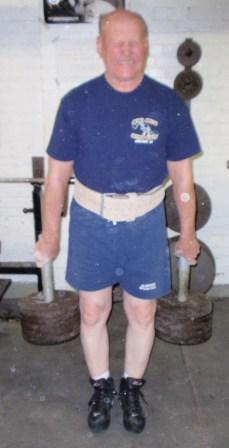When is a Jerk not a Jerk?
by Thom Van Vleck
Al’s recent article on the Continental Clean & Jerk got me thinking and there was a discussion about this on the forum. Al brought up the history of the Continental. Al talked about how the German lifters were typically well fed with potato pancakes, German beer, and strudel and they took to using their beer bellies to assist in lifting the weight! The English lifters referred to this technique as the “Continental” method (likely in a derogatory way) and referred to their own style as the “clean” method. The English, French, and Germans had a big rivalry back then…..led to a couple of World Wars….though I’m not sure how they lifted weights had anything to do with it but you never know! I do know that however one side would do things, the other would do the opposite, like the metric system, which side of the road to drive on, etc.
There was also a debate about touching the thighs. This was actually not allowed in Olympic lifting until the 60’s which is part of why you saw a leap in records around that time. For those that don’t know what I mean, back before the rule change you had to pull the weight from the floor to the rack position WITHOUT brushing the thighs. You could not touch the thighs at all in the “true” clean. Then, in the 60’s, this rule was changed and my Uncle Wayne is still mad about it! So, what many of us call a “clean” is really not a clean at all technically! Maybe I’ll submit that as a new USAWA lift, the “TRUE Clean & Jerk”. Maybe I’ll even name it after myself!
Other debated aspects included hang cleaning the weight and using the thighs to get a good push. I know I can hang clean more than I can power clean. Also, there was a debate about not catching the weight cleanly on the chest and using the the arms to push the weight into the proper “rack” position.
I know, so when am I going to get around to the topic in the title of this article! Much like the fictitious “Continental Clean” (you either Continental it in some manner or you cleaned it…post 1960 style!) The Jerk with a press out is really not a Jerk at all, but a Push Press with foot movement (which, I guess, really disqualifies it as a push press by USAWA rules). Maybe it’s a “push jerk”…..geez, now even I am confused.
When the sport of “strongman” came out they contested the log lift pretty heavily and there were no rules on how to execute this lift. Guys got pretty creative in how they lifted the weights. Eric Todd, a top strongman and USAWA lifter, would push press the log and then set in on his head! He would then push press the log off his head to a lock out position! This actually became pretty common…..until they made a rule against it. I heard different reasons for this, including that it was dangerous and also that it just looked stupid. I do recall reading of a guy way back that would catch a standard Olympic bar on his head and finish it in this same method…..now that’s what I call a Continental Jerk!
Now, on a side note. If you watch the old 8mm films of the guys in the 50’s and 60’s…..you saw a LOT of press outs. You look at some of Paul Anderson’s “jerks” and he would literally push press the weight. It often really becomes a judgement call on whether it’s a press out or a jerk. Rules are rules and are intended to clarify what’s allowed and not allowed. Sometimes they just confuse us more! Different people have different leverages and thus different styles offer them advantages. One thing I like about the USAWA is there’s something for everyone. But even the USAWA has rules, but I would like to make sure those rules don’t take those advantages away (or are simply used by some to capitalize on their own advantages). So, if there’s enough lifters in the USAWA to create a Continental Jerk, then someone needs to put pen to paper, make the rules, then present it at the Nationals in June where new lifts are approved. I know I would if press outs helped me! I also have no interest in setting a bar on my head to finish a jerk! One final note, could we change the name of it? I get tired of my friends laughing and making jokes about me being a Big Jerk.



